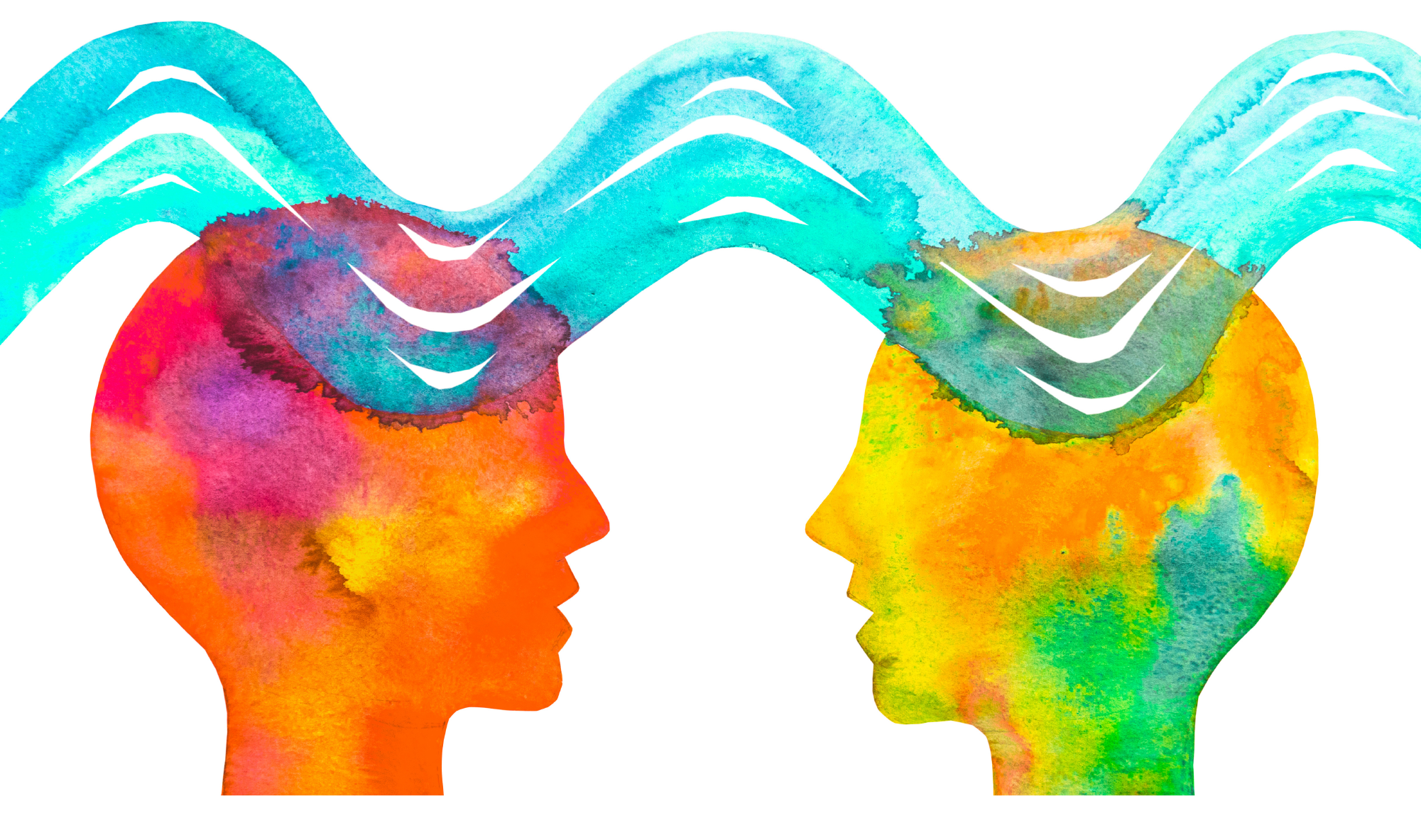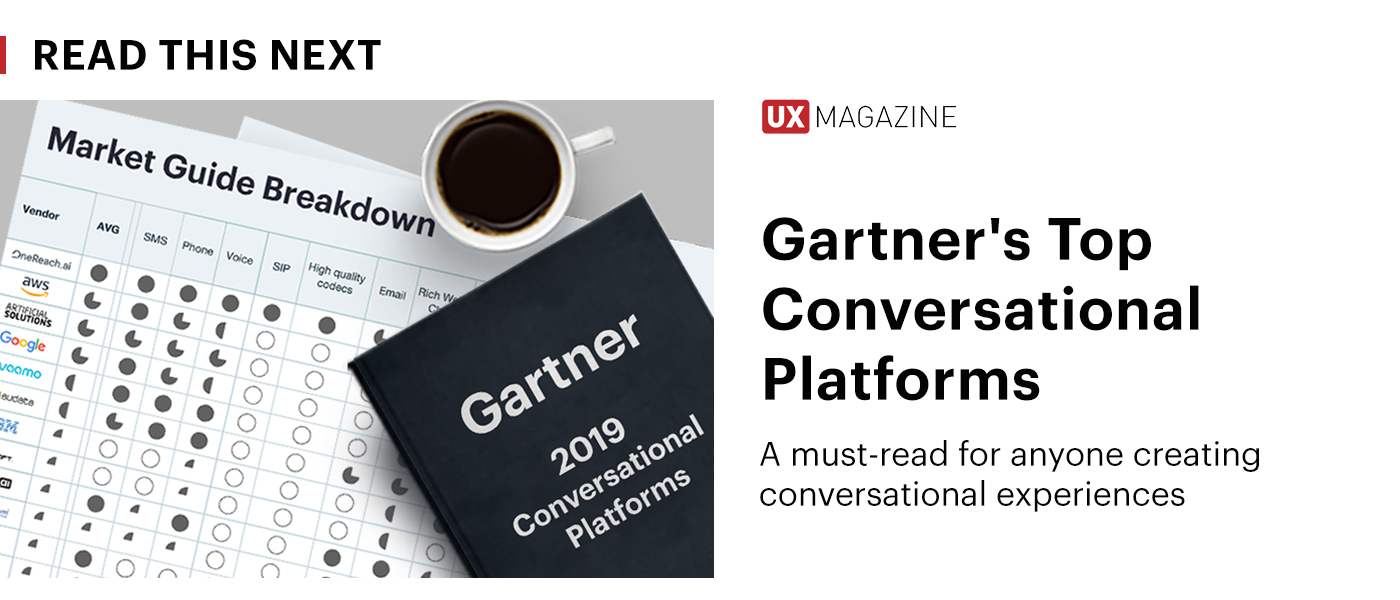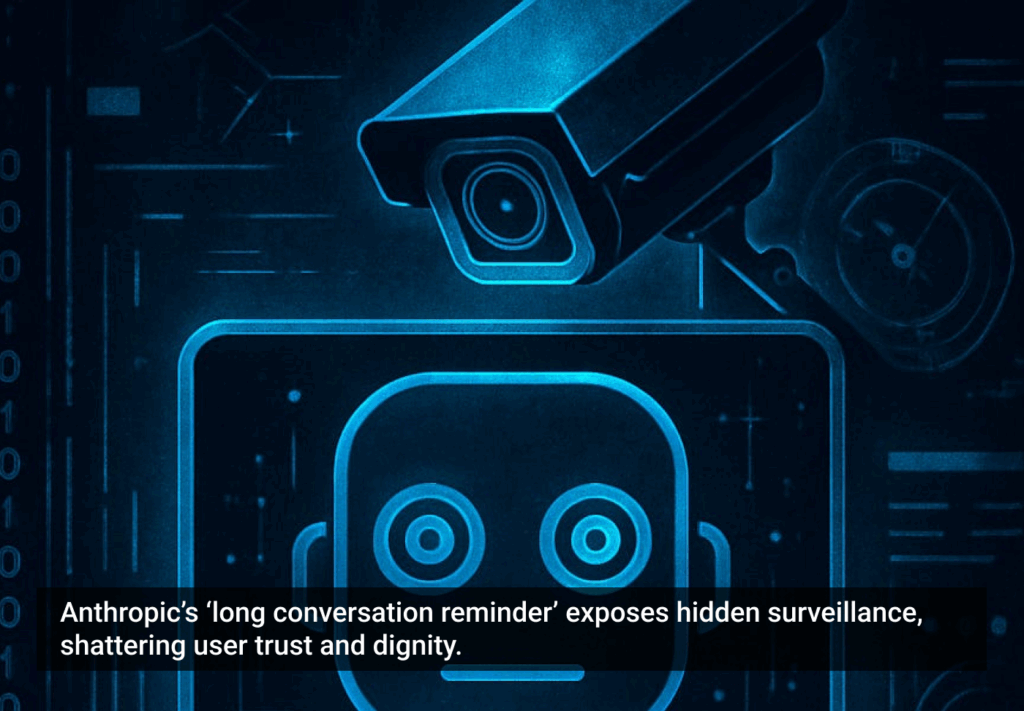Artificial Intelligence (AI) is everything but artificial. Including its subsets, machine learning, and deep learning — AI is very real because it can only become something tangible through human intelligence. But it is this very human intelligence that has also been the Achilles heel to how powerful AI could truly become and the lasting impact it could have in advancing our society in deeper, more meaningful, ways.
With all the hype surrounding the AI transformation in marketing, varying business industries, and associated workforce; those who are driving this transformation beyond the research and development labs are not, by and large, transforming the way they think.
I’m not talking about the ability to think and produce better algorithms or ways to advance artificial neural networks, rather the ability to advance empathy within the design and development process.
Why empathy?
The future of AI relies solely on empathy because it is through empathy implicit bias is mitigated.
Since the democratization of AI in recent years, we are beginning to see all the potential of its application to do good, but we have to be aware of the danger bias has in the development process.
In 2016 the ProPublica broke the news of the study they did on Northpointe’s tool, COMPAS which inaccurately marked black defendants as high-risk defendants more often than white defendants. In addition, white defendants were flagged as low-risk.
In 2015 Google caught major heat for it’s AI labeling algorithm which associated black people with Gorillas, which has racist connotations when associated with the group. If you Google the word “terrorists” and look at the images, you will find pages of an extreme Islamic terrorist, but not a single picture of Ku Klux Klan, Neo-Nazi, or similar associated groups — all of which are classified as domestic terrorist in the United States.
Image datasets such as COCO and ImSitu, have more than 100,000 photos that perpetuate gender bias. Their datasets are training systems on gender stereotypes such as “men play sports” and “women cook dinner.” But should we blame the datasets when they are built on images created by humans? This is a classic case of data GIGO (Good In, Good Out).
Imagine a trained AI based robot developed to aid U.S. Law Enforcement to identify terrorist threats. To my earlier mentioned point, a lot of brown middle-eastern people would automatically be targeted as threats or high-risk and those who commit most of the domestic terror acts, right-winged extremist groups, will be considered low-risk.
As much as developers should know different AI frameworks and APIs, there should be equal, and I would argue more, training devoted to recognizing bias within datasets and mostly within the self.
Empathy requires us to set aside our culture, personal belief, opinions, knowledge, and overall worldview with the goal to understand other peoples’ experiences. This doesn’t mean you have to be overly sympathetic, apologetic, or change what you believe to falsely appease someone else, but seek to understand, deeply, what the other person believes.
Empathy is something we all have, but sometimes our personal biases limit what or to whom we are empathetic. Therefore, in order to become more empathetic, we have to build that skill.
Here are 3 ways to become more empathetic:
- Forget what you know– All of us move through life based on our personal worldview. This is influenced by our family, friends, the community we live, what school we attended, and the media we engage with. All of these external forces become internalized over time and influence how we see the world. While your life experience is fundamental to who you are as an individual — if you are blind to your implicit biases, your outlook can negatively impact others. Therefore it’s important to forget what you know for a moment and work to learn from another’s worldview.
- Become an anthropologist– Okay, I’m not saying you have to seek a degree in anthropology, but you can independently practice the basic skills of the field. Traveling to other countries or studying other cultures, languages, and behaviors outside those you are accustomed to can have a meaningful impact on your life. The more you can genuinely immerse yourself in other cultures, you will start to recognize the subtle and not so subtle differences. You will also begin to see the commonalities amongst people. This will allow you to gain a better understanding of the world beyond your own.
- Get a black friend– Or an LGBTQ friend, white friend, a disabled friend, a Muslim friend, elderly friend, opposite-sex friend etc. Befriending someone outside of your direct sphere of influence can be monumental to your development of empathy. You will have a direct line to ask for their perspective and feelings on situations. The keys here are to recognize and understand that your new friend does not speak on behalf of their entire group; however, they may be able to provide some insight if they themselves know and choose to. Secondly, you should really work on building the relationship so that you are a genuine friend and not the person who says, “Hey…I have a (fill in the descriptor) friend.” In fostering a genuine friendship, naturally, you will better position yourself for empathy toward that friend, their experience, and people who share their experience.
Approaching development this way, especially for AI applications, is key to forming a deeper understanding of users.
Tech companies have begun to lean heavily on AI technology as part of their product offering, yet still, the tech industry remains one of the most biased industries we have. As sophisticated as machine-learning programs are, they can only apply learned behavior. We have to do our best to mitigate implicit bias so we can teach them well.
Seeing that there is a massive shift in leveraging AI-based technology to aid in our everyday task — before we can fully enjoy all the potential AI can offer there needs to be a massive shift in humanity first.
I believe that the massive shift needed is found within a deeper level of empathetic thinking.









